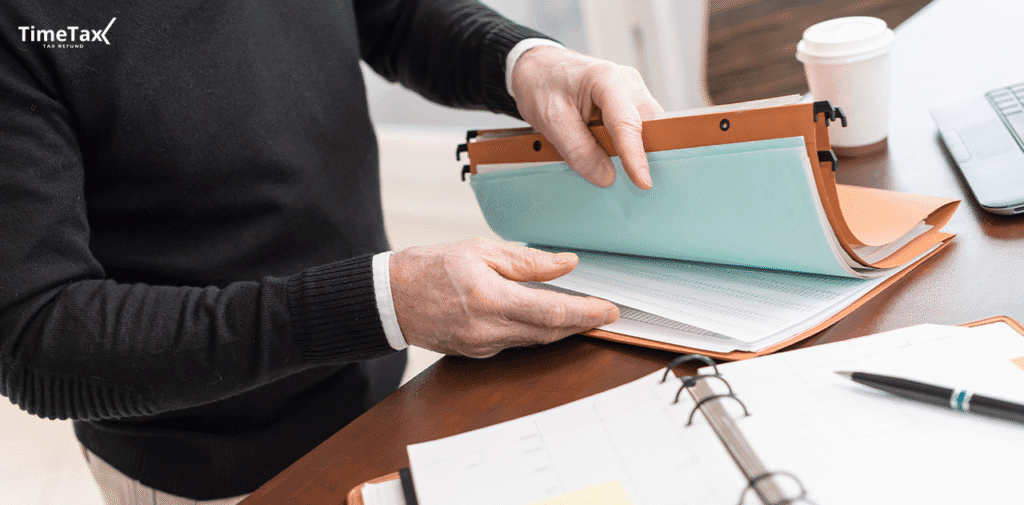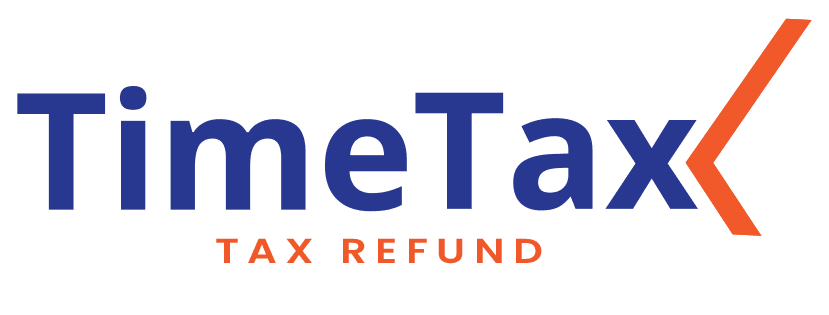If you plan to file a tax return in Germany, one document will be absolutely essential — the Lohnsteuerbescheinigung, or Ausdruck der elektronischen Lohnsteuerbescheinigung.
This tax certificate summarizes your income, taxes paid, and deductions for the calendar year, and it’s what your German tax return is based on. Whether you’re working for a German company or sent abroad by a Polish employer, this document is crucial — and here’s everything you need to know about it.
What is the income tax return in Germany 2025?

A tax refund is a process through which you receive a reimbursement for overpaid taxes on your income.
The amount of tax paid by your employer varies. In some cases, the employer may not be required to withhold tax at all, which can result in an additional tax payment instead of a refund. The total amount of tax deducted from your income and how it compares to your overall earnings significantly impact your refund amount.
It is not always possible to recover all the tax paid in a given tax year. Every country has its own tax regulations designed to maximize tax collection, meaning each tax return requires an individualized approach.
By filing a tax return that includes eligible expenses and deductions (which the taxpayer is entitled to claim), you can either receive a significant refund or avoid additional payments.
We conduct a thorough reassessment of your income, analyze how much tax you have paid, and account for your documented expenses to determine the amount you may be eligible to claim back.
What Is the Lohnsteuerbescheinigung?
Think of it as Germany’s version of a PIT certificate. It includes:
- The total period you worked for each employer
- Your income
- Paid taxes and deductions
- Your tax class and insurance contributions
If you worked for multiple employers, each one is required to issue a separate certificate — even Polish employers who sent you to Germany. These cards may sometimes be bilingual, which helps a lot.
You also need it when applying for benefits such as unemployment support from the Bundesagentur für Arbeit.
What Is the Steuernummer in German tax system and How Is It Related to the Lohnsteuerbescheinigung?
In addition to your personal data, the Lohnsteuerbescheinigung also includes important information about your employer — most notably their Steuernummer, or company tax number.
The Steuernummer is a unique number assigned by the German tax office (Finanzamt) to a specific business or taxpayer. It helps identify the employer in all tax-related matters and distinguishes them from other companies in the system. Unlike your personal Steuer-ID, which stays the same for life, the Steuernummer may vary based on the company’s location or tax office.
You’ll usually find the employer’s Steuernummer printed at the top or near the address section of the Lohnsteuerbescheinigung. This number is essential when the tax office processes your return — it shows exactly which company paid your wages and taxes.
Understanding the difference between the Steuer-ID and the Steuernummer is important. One identifies you as a taxpayer, and the other identifies your employer. Both are included on the Lohnsteuerbescheinigung to ensure the German tax authority has a complete and accurate picture of your employment situation.
When and How to Get It?
Employers are required to issue your Lohnsteuerbescheinigung by February 28 of the following year. So if you worked in 2024, you’ll get the form by February 2025 — either in print or by email.
You may receive more than one certificate if you:
- Changed jobs within a year
- Worked multiple periods for the same employer
What If You Don’t Have One?
No worries. You can still file your tax return using your last payslip, which contains all required information. For example:
- If you finished work in December — use your December payslip.
- If you left earlier — use the final payslip showing the word Austritt (exit).
If you don’t have the payslip either, TimeTax can contact the German tax office on your behalf and request the data — you just need to upload a request package.
Double Certificates or Corrections?

Sometimes an employer makes a mistake. You may receive two certificates for the same period. Check which one says “Korrektur” — that’s the corrected version you should use. If neither says so, choose the one issued later (check the date).
What’s Inside a Lohnsteuerbescheinigung?
Let’s break it down:
Income and Taxes
- Line 3: Your gross income
- Line 4: Income tax paid by your employer
- Below: Social and church taxes
- These amounts are the maximum you can claim in your return
Insurance Contributions
Shown in fields 22a, 23a, 25, 26, and 27.
Tax Year
Listed at the top. Always double-check if it’s for the correct year.
Transfer Confirmation (Transferticket)
Indicates if your employer submitted this data to the tax office. If you see “Transfer nicht bestätigt”, it means the data hasn’t been confirmed.
Personal and Employer Data
- Your full name and address (German or Polish)
- Employer’s full details and Steuernummer (tax number)
Identification Number (Steuer-ID)
- Your Steuer-ID is an 11-digit number
- If you don’t have one yet, the certificate may show an e-TIN instead (based on your name and birth year)
Tax Class
Affects how much tax your employer withholds. If your tax class changed during the year, it will be listed.
Religious Affiliation
Affects whether church tax applies to you. If you’re not religious or no longer affiliated with a church, you can provide official proof to avoid paying this tax.
Employment Dates
Often the full year (01.01–31.12), but it may also show shorter or overlapping periods if you changed jobs.
What is the deadline for filing a tax return in Germany?
In 2025, the last year for which taxes can be calculated from Germany is 2021. The tax return for this year must be received by 31.12.2025. After this deadline, it will not be possible to send the return to the office – such functions in the accounting software will be blocked and the sent paper return will be rejected. You can also file a return in 2025 for:
– 2023, the deadline for receiving a return for that year is December 31, 2027.
– 2022, the deadline for receiving a return for that year is December 31, 2026.
File Your Tax Return from Germany — Fast and Easy
Got your Lohnsteuerbescheinigung? Perfect! Now it’s time to file your tax return and claim your refund — and you don’t need to do it alone. On our platform, you can complete the entire process online, securely, and in minutes, with full guidance in your language.
👉 Visit TimeTax.en and let us help you get your money back — stress-free.
Are employee benefits taxable?
The per diems of foreign workers are not taxable if you show what they were spent on. The best solution is to get a certificate from your employer about the per diems paid on your salary during the year. Such a document is the best proof for the German tax authorities.
What should I do if I have been waiting longer than six months for my tax declaration?
There are many cases where you have to wait more than six months for a tax refund or a tax ruling. In this case, you should contact the relevant tax authority in Germany. Please note that as part of the services we offer, we contact the authorities on your behalf.
Final Thoughts
The Lohnsteuerbescheinigung is not just a tax form — it’s a complete record of your work and tax situation in Germany. Don’t overlook it. Make sure to get yours on time and verify all the data. It will save you time, money, and unnecessary corrections.
And remember — if you’re not sure how to get yours, or if your employer hasn’t sent it, TimeTax is here to help.


0 Comments